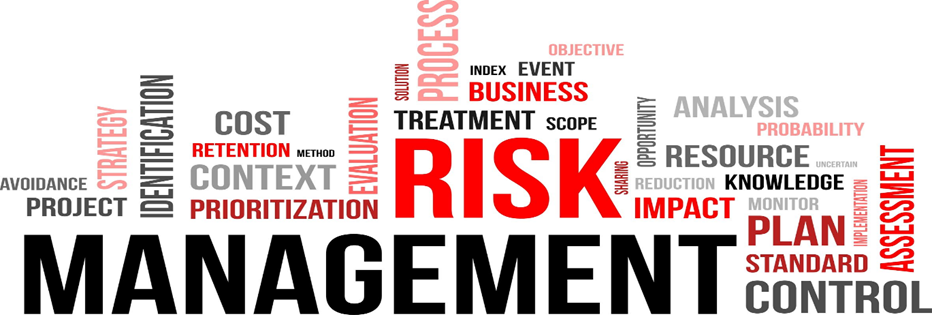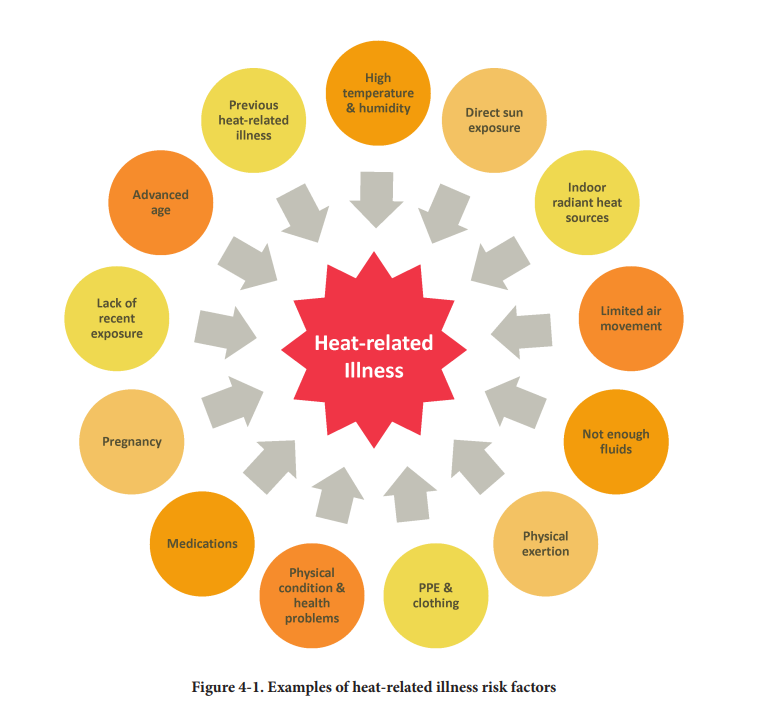When accidents, injuries and near misses occur it can be stressful, frustrating, scary, it can put everybody on edge, and often, the conducting of an incident investigation is the last thing on everyone’s mind.
Many employers do not have established accident investigation policies or procedures and often those who do have policies and procedures in place, rarely follow through in consistently conducting thorough investigations.
This can be caused by expectations that are not set, clearly defined, or understood.
You may have heard someone say, “I thought somebody else was going to do it”. Other times it may be looked at as an inconvenience or not serious enough of an incident to invest time into. “Why do I have to do a near miss report? Nobody got hurt.”, or “It was a couple of stitches, no big deal”. Don’t let these excuses or others derail your safety program.
Purpose of an Incident Investigation
At minimum employers are required by OSHA to conduct accident investigations for all OSHA recordable injuries and insurance providers require incident documentation for incidents that result in or may result in a claim. But these are just superficial reasons why we conduct incident investigations.
The prime objective of an incident investigation is to prevent future incidents. They are not to point blame, or to apply discipline. The incident investigation helps us to gather the factual information of Who, What, Where, When and How. Once this information has been gathered, we can analyze the incident and identify the Whyor the root causes.
Root causes are the underlying causes or fundamental reasons for the incident. When a worker cuts his hand because he was not wearing gloves while handling sharp material, most people would say “this is an open and shut case of employee negligence not wearing PPE.
Retrain the employee and back to work business as usual.” But further analysis may identify, that the employee had not been provided with gloves, or the supervisor never wears his gloves and doesn’t require his guys to wear them. Maybe the gloves
provided aren’t the right glove for the job and employees often remove them. It may cause us to re-evaluate our training program.
There are many factors that can be at play when determining the root causes of incidents. Blaming incidents on employee negligence or misbehavior is the easy way out and will do nothing to prevent future accidents. Once we’ve identified the root causes we can then identify and implement appropriate corrective actions. This may require that we change our processes, implement engineering controls, conduct PPE assessments and provide PPE, conducting training, etc.
It is also critical that we share these valuable lessons learned with the entire company and our peers.
In the construction industry, workers and crews are divided across a geographic area, and may never come in contact with those who were on site where the incident occurred.
It is highly likely that the same problems you are having on one site are also happening on others. Evaluate your other sites to ensure you don’t have similar accidents waiting to happen. Don’t be selfish with this valuable information.
Value of Incident Investigations
With each incident there are direct costs, such as Medical Care, repair or replacement of damaged materials, workers comp, insurance premiums, etc.
However, the indirect costs are often much higher due to lost man hours and production while job was shut down, retraining of employees, supervisors and management time spent investigating accidents and processing claims, etc. Accidents and injuries are much more costly than what you think.
There’s an old saying that goes “Don’t let a good crisis go to waste”.
Accidents, injuries, and near misses are all valuable learning opportunities we cannot lose out on. The accident has already happened, and the damage is done.
Let’s not repeat the same mistake twice. This is why the investigation of near misses are so critical.
Near misses are defined as: an unplanned event that did not result in injury, illness or damage – but had the potential to do so. If we have the opportunity to learn from near misses, we must take them. These lessons are free, but the next time it happens, they may not be.
Additionally, it is critical that these injuries be documented for analysis and improvement of the safety program. If by mid-year we have already had eight hand injuries, we can quickly identify that there is something very wrong with our safety program and we need to focus in on hand safety.
But if these incidents are not reported or documented, we won’t be able to diagnose the problem accurately, or we may not even realize he have a problem.
Every incident we prevent as a result of conducting effective incident investigations is a life saved, it is one less person in pain or suffering, it is money and time saved.
However, we will never know exactly how many incidents our efforts will have prevented, because they never happened. It has been my goal as a safety professional to save one life. I believe that through focused efforts on incident investigations and corrective actions we can save one life.
 Tom Sizemore|CRIS
Tom Sizemore|CRIS











